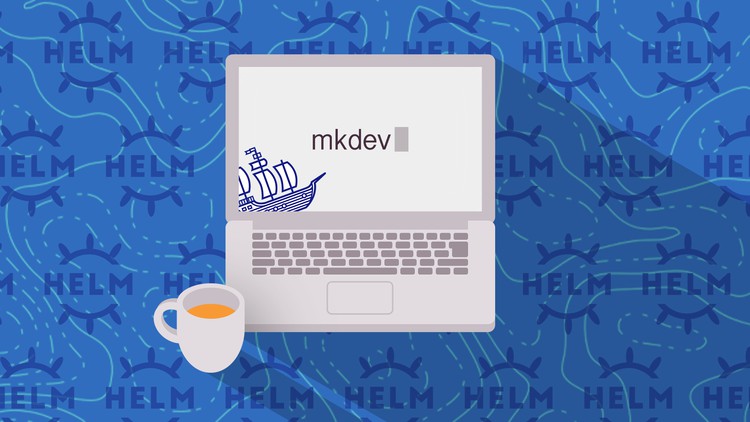Helm Lightning Course
Learn the basics of Helm quickly and for free!
4.53 (158 reviews)

3,155
students
35 mins
content
Apr 2022
last update
FREE
regular price
What you will learn
Helm
Helm Charts and Releases
Helm Templates and Values
Helm Chart Dependencies and External Charts
Helm Hooks
Helm Plugins
Related Topics
4483552
udemy ID
1/8/2022
course created date
4/15/2022
course indexed date
Bot
course submited by